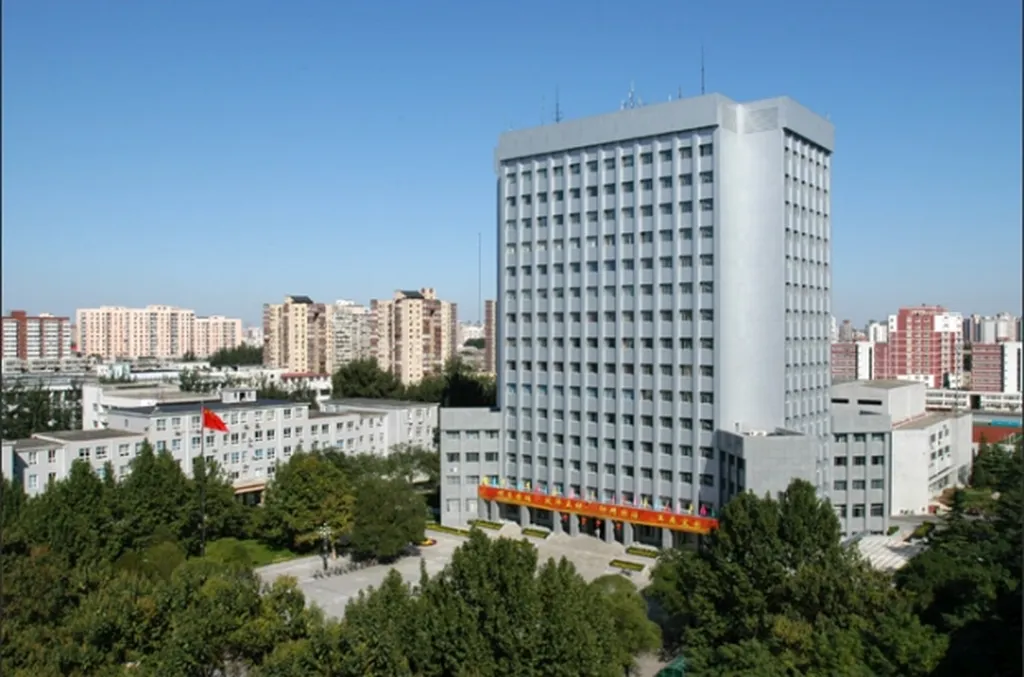In the rapidly evolving world of high-speed telecommunications, the demand for materials that can keep pace with cutting-edge technologies is more pressing than ever. A recent study published in *Communications Materials* (which translates to “Communications Materials” in English) introduces a promising class of polymers that could revolutionize the industry. Led by Seigo Watanabe from the Research Institute for Science and Engineering at Waseda University, the research focuses on poly(phenylene sulfide) (PPS) derivatives, which exhibit exceptionally low dielectric loss and stable frequency response.
Dielectric materials are crucial in telecommunications, as they insulate and support electrical components while minimizing energy loss. The study highlights poly(2,6-dimethyl-1,4-phenylene sulfide) (PMPS), a PPS derivative that boasts an impressively low dissipation factor (Df) of 0.00087 at 10 GHz. This low Df is attributed to the polymer’s amorphous nature and the small dipoles of its sulfide groups, which contribute to minimal energy loss during signal transmission.
“What sets PMPS apart is its ability to maintain a low dielectric constant (Dk) of 2.80 despite the presence of polarizable sulfur,” explains Watanabe. “This makes it an ideal candidate for high-frequency applications where minimizing signal loss is critical.”
The research also explores the potential of an alternating PMPS-poly(2,6-dimethyl-1,4-phenylene oxide) (PPO) copolymer. This innovative material demonstrates robust low dielectric properties across a wide frequency range, with a Dk of approximately 2.7 and an ultralow Df of less than 0.002, even at frequencies ranging from 10 to 80 GHz. The stable dielectric properties of this copolymer are attributed to a sulfur-oxygen alternating sequence, which creates biased dipoles that satisfy intermolecular electrostatic interactions. This unique structure prevents molecular motions, ensuring consistent performance at higher frequencies.
The implications of this research for the energy sector are significant. As telecommunications infrastructure continues to expand and evolve, the demand for efficient, high-performance materials will only grow. Polymers like PMPS and the PMPS-PPO copolymer could play a pivotal role in developing next-generation communication technologies, from 5G networks to advanced satellite systems.
“Our findings open up new possibilities for designing polymers with tailored dielectric properties,” says Watanabe. “This could lead to more efficient and reliable telecommunications systems, ultimately benefiting both consumers and industries.”
As the world becomes increasingly interconnected, the need for materials that can support high-speed, high-frequency communication is more important than ever. The research published in *Communications Materials* offers a glimpse into the future of telecommunications, where innovative polymers could pave the way for faster, more efficient, and more reliable communication technologies. With further development and commercialization, these materials could shape the future of the energy sector, driving progress and innovation in an increasingly digital world.

